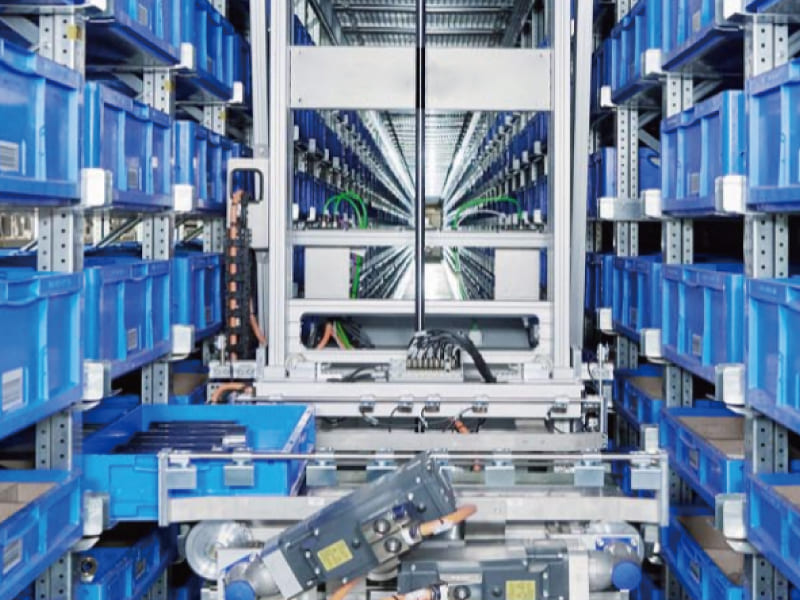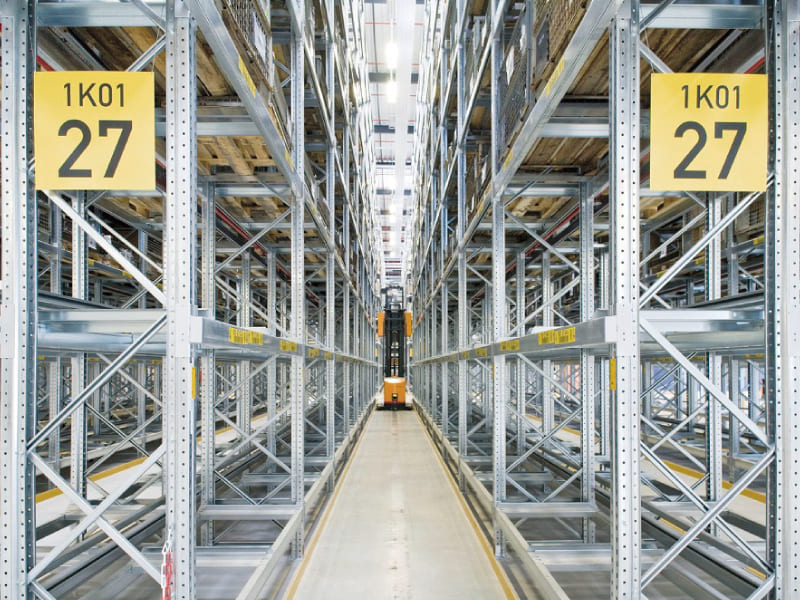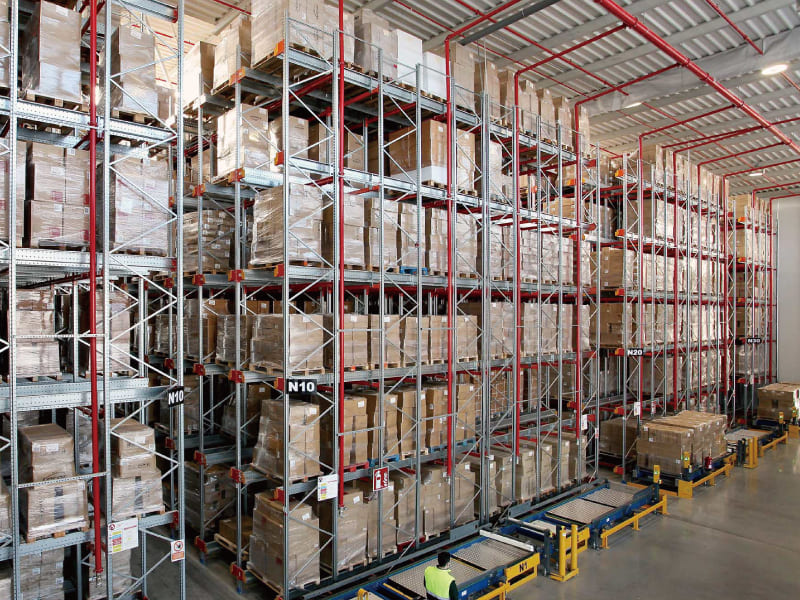Call Us :8615298359310
Call Us :8615298359310
The Crucial Role of Warehouse Capacity
Warehouses, the arteries of global commerce, are meticulously designed facilities that play a pivotal role in ensuring an efficient long-term useful life. Key factors such as warehouse layout, type of product, stock management model, and initial investment capacity are carefully considered during their construction and setup. However, even the best-configured warehouses may find themselves grappling with reduced storage capacities over time due to reasons like growth in business operations or changes in inventory types.
Signs of a warehouse struggling under reduced capacity can include rising customer complaints due to loss of product traceability or suboptimal product conditions upon delivery. These problems often stem from oversaturation or incorrect usage of the storage systems. Operational difficulties for personnel and mechanical equipment also indicate that a warehouse has outgrown its initial configuration.

Increasing Warehouse Capacity: Solutions and Possibilities
In situations where relocation is not feasible or desirable but there's still a need to expand the warehouse's capabilities further, redesigning and reconfiguring its internal structure presents itself as a viable option. This approach can transform it into an efficient workspace without additional risks for personnel involved while dramatically increasing storage space.
Warehouse Compaction: Storing More Units in Existing Space
One effective strategy to augment warehouse capacity is ‘compaction’. Herein high-density racking systems prioritize optimizing available space by reducing work aisles in favor of more storage positions. Compact storage solutions like Drive In/Drive Through racking system or Live Pallet Racking system allow more units to be stored within the same available space while providing better control over inventory due to their ordered logistics management features.
Another innovative compaction solution is the semi-automated pallet shuttle system which uses motorized shuttles to autonomously perform movements inside the racking thus moving loads more efficiently. This solution not only reduces work aisles but also enables automatic control of inventory through sensors that count the stored pallets.
VNA (Very Narrow Aisle) pallet racking represents another variation on this theme – instead of reducing the number of aisles, these systems minimize aisle width down to 1.5 meters maximum enabling direct access to all stored unit loads along with specific mechanized resources required for these tasks.

Vertical Growth: Utilizing Height for Increased Capacity
By using techniques that maximize vertical space in addition to horizontal areas, warehouses can significantly enhance their overall storage capacity without compromising operational efficiency. One such technique includes installing elevated walkways which are designed specifically for smaller warehouses allowing creation of additional cubic meterage at different heights accessible via stairs.
An alternative method involves constructing independent structures like mezzanine floors that quickly and economically increase overall warehouse area by adding an extra level within the premises without affecting existing ground level operations.
Automation: The Future-Forward Solution
While both compaction and vertical growth provide significant benefits individually, automation combines both these approaches into one comprehensive solution offering unprecedented efficiency levels. Automated warehouses integrate machinery and robotic technology into existing structures thereby ensuring every millimeter of space is utilized effectively while minimizing manual labor requirements.
Automated systems offer numerous advantages including faster loading/unloading times, rigorous stock control and significant reduction in operating errors making them ideal for companies engaged in intense logistics activities. Automated systems come in various forms depending on the warehouse's primary storage unit, for instance, automated systems for pallets and miniload cartons cater to warehouses where these are the basic units of storage.
increasing a warehouse’s storage capacity can effectively be achieved through a combination of compaction methods that optimize floor space usage, vertical growth strategies that utilize the facility's height for additional storage, and automation warehouse systems that combine these two approaches with automated machinery to maximize overall efficiency.

Embracing Change for Enhanced Efficiency
When a warehouse loses its agility due to being too small or having insufficient storage space it directly impacts quality of customer service and overall business profitability. Hence, it becomes crucial for businesses to recognize these signs early and take proactive measures to optimize their warehouse capacities. Whether it's through compaction techniques, exploiting vertical spaces or implementing automation solutions – each approach offers substantial benefits that could dramatically enhance operational efficiency while ensuring long-term sustainability.
In a rapidly evolving global marketplace where consumer demands and logistics dynamics continually shift, warehouses must adapt and innovate to stay competitive. By reconfiguring their internal structure using sophisticated racking systems or embracing future-forward automated solutions - warehouses can transform into highly efficient nerve-centers of commerce capable of meeting today's challenges while preparing for tomorrow's opportunities.
Copyright © 2024 Jiangsu VISON Logistics Technology Co., Ltd. All Rights Reserved.  Network Supported
Network Supported
Sitemap | Blog | Xml | Privacy Policy